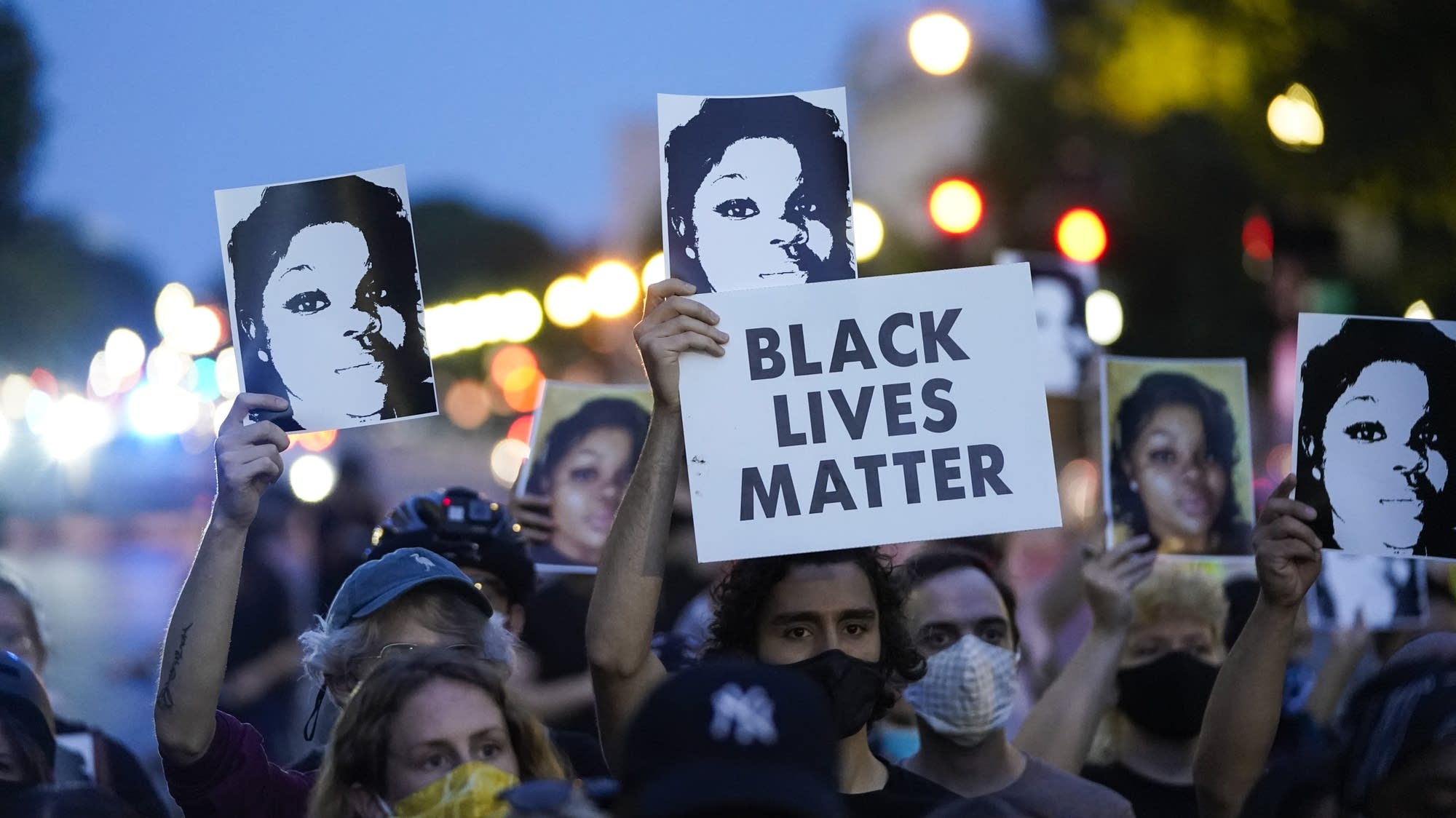

By Carson Eschen and Luke Kyaw
MINNEAPOLIS, MN – On the anniversary of the killing of George Floyd by Minneapolis police here, The Armed Conflict Location & Event Data Project (ACLED) released a statistical analysis of Black Lives Matter demonstrations, noting that they were overwhelmingly peaceful.
The ACLED is a project dedicated to data collection and analysis of crisis areas, particularly of political violence and protest events.
Its report stated that 94 percent of BLM demonstrations were peaceful, meaning only six percent of BLM protests led to reports of violence, looting, or other destructive behavior. In contrast, demonstrations by right-wing militia groups or militant social groups turn violent nearly 14 percent of the time, more than twice as often.
ACLED also noted that of those six percent of cases, the violence was not always instigated by the protestors themselves, sometimes being the result of car ramming attacks, violent counter-protestors, or aggressive police action.
Car ramming attacks were unusually common at BLM-associated demonstrations—happening eight times more frequently—and 73 percent of these attacks were found to be at peaceful protests.
The report also found that, despite most of the protests being peaceful, they were met with disproportionate force by law enforcement and vilification by the Republican party, which portrayed them as inherently dangerous and violent.
Following the demonstrations, President Trump advocated for a harsh response by governors and law enforcement, instructing them to “cut through [protesters] like butter.” He also referred to the BLM movement as a “symbol of hate.”
Law enforcement followed his instructions, intervening in BLM protests more than three times as often as other protests. When law enforcement intervened in BLM protests, these interventions turned violent nearly 52 percent of the time, twice as often as interventions in other protests.
However, the analysis stated that this use of force has often only exacerbated tensions, as militarized police responses create further unrest.
In Oregon, for example, protests were relatively nonviolent and met with relatively little government intervention when they started back in July of 2020. Following the deployment of federal agents and their escalated intervention in the protests, the rate of violence in the protests rose from 13 percent to 36 percent.
With increased federal involvement in the demonstrations, arrests are inevitably bound to happen. However, CNN reported that police in Washington D.C. “arrested more than five times the number of pro-BLM demonstrators” on June 1 2020 than pro-Trump demonstrators who stormed the U.S. Capitol on Jan 6, 2021.
This stark trend against BLM protests was also evident on a local level when mass arrests consistently happened during BLM demonstrations, but there were only a few dozen arrests of right-wing protestors in total—despite right-wing demonstrators trespassing into state capitols all over the country.
Furthermore, these high arrest rates against BLM protestors may be increased with anti-protest legislative proposals being introduced throughout the country.
According to PEN America, policymakers have introduced “at least 100 proposals [which would restrict protest rights] in 33 states” from June 2020 to March 2021. Aiming to cut down on the freedom of assembly protected by the First Amendment, these proposals seek to either impose new penalties or expand existing ones for protest-related activity.
Through citing violent instances of protests, some of these proposals have already become law in states like Oklahoma and Florida where the new legislation grants immunity to drivers whose vehicles injure protesters in public streets.
PEN America interestingly noted these anti-protest bill proposals were being introduced at a significantly faster rate soon after protests sparked by Floyd’s murder began.
They even went further to claim that many of these bills seem to be “explicitly designed to target movements led by people of color, [especially] Black Lives Matter protests.”
The New York Times and ACLED are of similar thought, finding that states with these new legislative proposals actually have not experienced an upsurge of violent protests compared to other states, but have seen a relative 13 percent increase in demonstrations associated with the BLM movement.
Alongside these new proposals that would most likely prove detrimental to the BLM movement, national movements like Back the Blue (BTB) that are pro-police are also gaining steam and they directly oppose the former’s direct activism against police brutality and calls to defund the police.


Where’s a link to the study?
How many BLM protests were cited vrs. how many right wing protests?
What was the total number of deaths and damage from BLM vrs. right wing protests?
So much is missing here.
6% is being played up here like it’s nothing, but 6% of thousands of rallies adds up.
I’ve seen price tags of the BLM riots at over $2 billion.
There were thousands upon thousands of BLM riots with many hundreds turning violent.
How many right wing protests were there during the same period of time?
There’s so much that isn’t included in this article.
I’ll dig into this deeper, got something going on this morning.
Here is the dataset: https://acleddata.com/research-hub-united-states/
“According to new ACLED data, which are now updated from the start of last year to the present, more than 11,000 demonstrations associated with the Black Lives Matter (BLM) movement have been reported in nearly 3,000 distinct locations all around the country.”
So 660 of those protests led to reports of violence, looting, or other destructive behavior.
How many right wing protests led to reports of violence, looting, or other destructive behavior in the same time frame?
And what about non BLM left wing protests, ANTIFA?
You can go through the data there.
Next study will be that Antifa almost always behaves in a peaceful manner and if you do not like them, you must be a fascist.